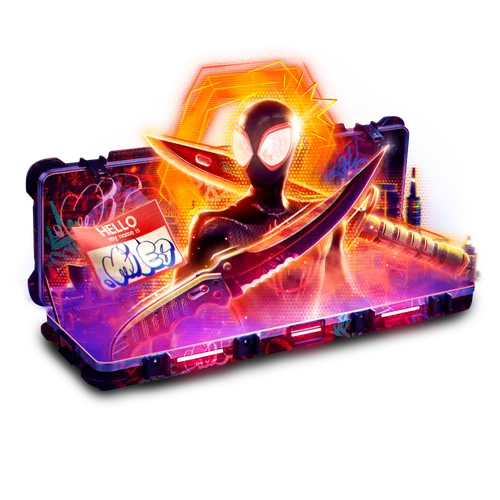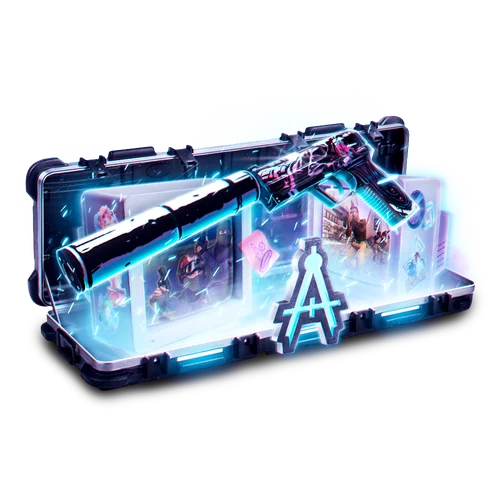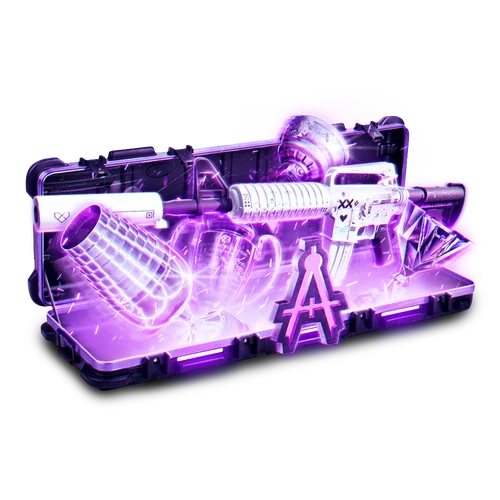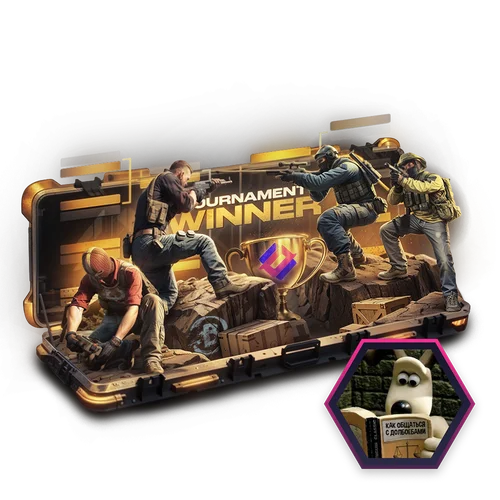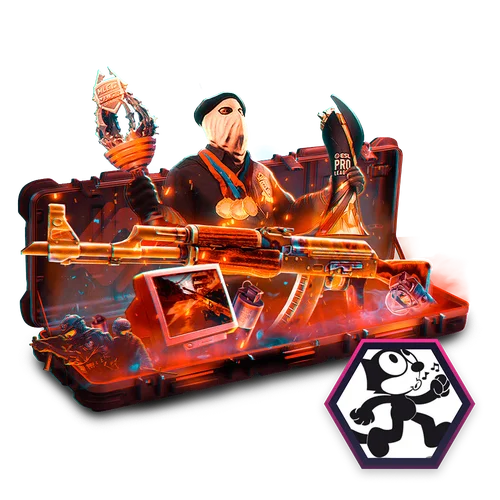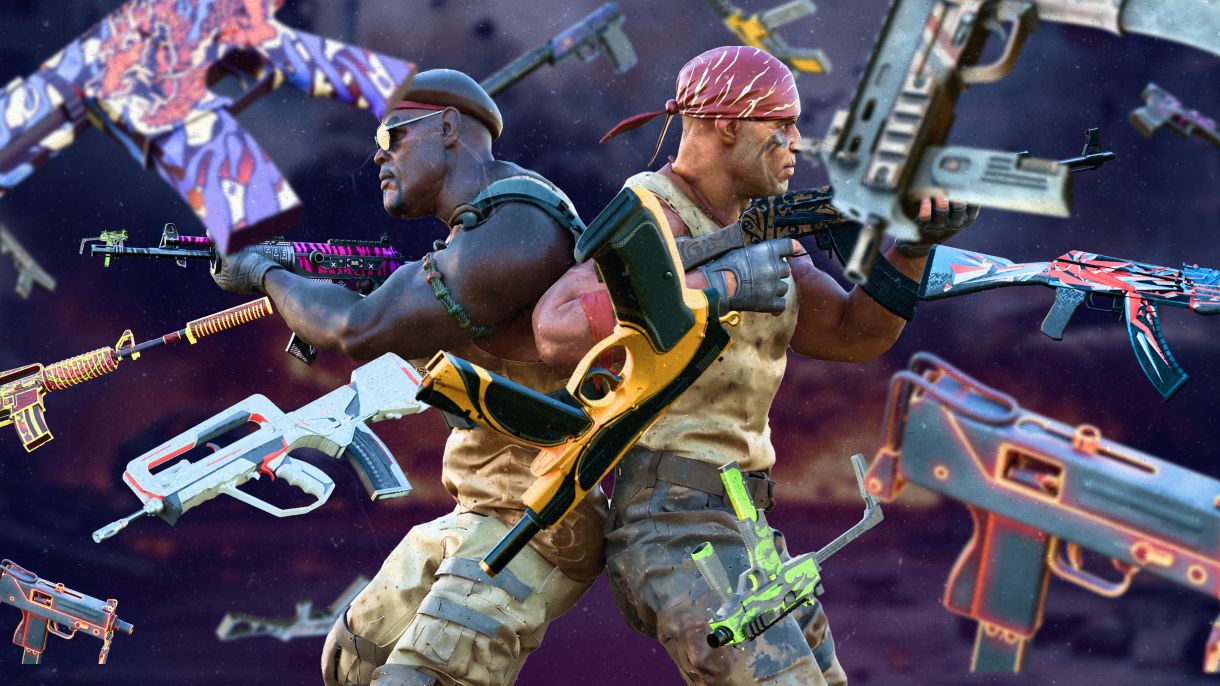Nuke, a pivotal map in the CS2 universe, is an integral part of the current map pool for both matchmaking and professional tournaments. Renowned for its intricate design and versatile gameplay, Nuke stands as one of the most popular maps among players. The map’s appeal lies in its dynamic gameplay that facilitates swift rotations and strategic maneuvers. Its unique layout presents a labyrinthine environment, offering a challenging yet rewarding experience for teams to master.
This two-tiered battleground requires players to navigate not only physically but also strategically, as they grapple with height variations and tight spaces. Nuke’s gameplay heavily emphasizes verticality, demanding teams to coordinate effectively for successful site takeovers and defenses. As we delve into the world of Nuke callouts, we’ll unravel the key locations and strategic communication needed to conquer this intricately designed map effectively.
Nuke in CS2: Mastering Map Awareness through Callouts
The Nuke map mirrors the structure of a nuclear power plant, an iconic setting within the CS2 universe. Callouts on the Nuke CS2 map can be neatly categorized into four significant sections, each critical for successful team strategies: T-Spawn and Outside, CT-Spawn and A Plant, Lobby and Ramp, B Cross and B Plant.

CT-Spawn and A Plant: An In-depth Overview
Dive into the hub around A Plant, shaped by the map’s complexity and Counter-Strike history.
- CT-Spawn: Defender’s starting line, forming the heart of defense strategy.
- Hell: Lower area under nine, a gateway for defenders into the Nuclear Block.
- Heaven: Elevated space over A plinth, offering strategic advantage to defenders.
- Lockers: Connective room from main entrance to the Nine stairs.
- Main: Immediate access to A plat from the street.
- Vent: Shaft linking A plinth to the lower map tier, aiding strategic movement.
- Tetris: Formation of small boxes on A plat, enabling agile maneuvering.
- Mustang: Distinctive location on the A plat’s top tier.
- Rafters: Gentle slope on the A plat’s upper tier, granting strategic elevation.
- Hut: Compact room launching offensive moves to seize A platoon.

Navigating T-Spawn and Outside: An Unconventional Route
Let’s stray from the norm and uncover the lively positions players face outside, starting at T-Spawn.
- T-Spawn: Attackers’ starting point, setting the stage for their offensive endeavors.
- T Roof: An accessible rooftop from both T-Spawn and the lobby, offering strategic advantages like cliff jumping or pistol round control.
- Silo: A tall pipe adjacent to the roof, named from its CS 1.6 resemblance to a sheer cliff.
- T Red: A broad term denoting a position linked to a red box on the street.
- Outside: The umbrella term for the surroundings near Nuke’s central atomic block.
- Secret: The stairwell leading to the lower atomic block tier, namely the B site.
- Garage: Referring to the ample garage near the secret entrance.
- Blue: A general term related to the blue box on the street.
- Small Box: A compact shelter near the main entrance by the blue box.
- CT Box: A concealed container near the CT Box, typically used by defense-side snipers for street control.
Navigating Lobby and Ramp: Key Positions Unveiled

Let’s spotlight a critical zone on the Nuke map—the B plat exit via the ramp—featuring pivotal positions for tactical coordination.
- Turn Pike: The pathway from main entrance to ramp, vital for strategic movement.
- Stack: Crates at the ramp’s outer corner, offering cover and strategic advantages.
- Boost: Tactical position near the tunnel exit, allowing player elevation for advantageous positioning.
- Big Box: A sizable box before the B plat ramp descent, providing cover and strategic options.
- Ramp: The crucial descent route to B plinth, pivotal for offensive movement.
- HS Headshot: A strategic box at the rear of the ramp, crucial for sniper-style gameplay.
- Lobby: A vast area facilitating access to A plinth or ramp positions.
- Squeaky: A compact section near the lobby, often used for strategic positioning.
- Radio: Initial room linking lobby to ramp, crucial for movement and communication.
- Trophy: Following the radio corner, known for glass-encased trophies.
- Control: Final room before the ramp, a critical transition point for strategic movement and control.
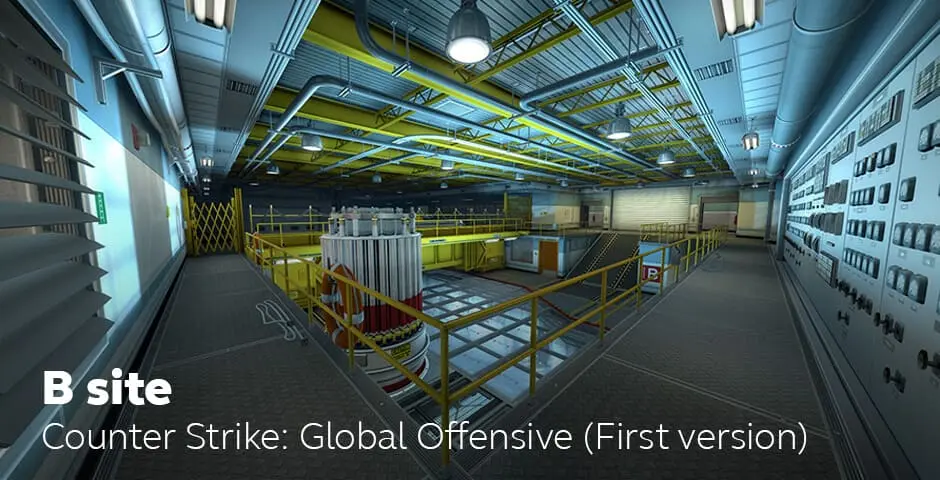
B Cross and B Plant: Essential Positions Unveiled
Let’s delve into B Plant and its surrounding positions, exploring vital points on the lower map tier.
- Tunnels: Narrow corridors post-descent into Secret, crucial for strategic maneuvering.
- Vents: A ventilation shaft linking the ascent to A Plant and the tunnels, facilitating tactical movement.
- BackVents: Leftmost passage along the ventilation shaft leading to decon.
- Decon: A room post-back vents descent, housing a door opening to B Plant.
- Doors: Another entrance to B Plant, accessible from the tunnel side.
- Window: A glass-enclosed room above the double doors.
- Dark: A concealed spot behind a crate in the far B Plant corner.
- Toxic: A designated C4 installation area, positioned in the upper left B Plat corner near the ramp exit.
- B Default Plant: Standard C4 plant site, located on the far B Plant side behind the reactor.
- Bottom Ramp (Bottom ramp or fork): The two B Plant exits on the ramp side.
Navigating Nuke: Mastering Map Callouts for Precision Play
In this comprehensive guide, we’ve dissected the critical zones of Nuke, unraveling essential positions and callouts crucial for precision gameplay. Understanding T-Spawn, CT-Spawn, Lobby, Ramp, B Cross, and B Plant is pivotal for strategic coordination. Each area presents unique tactical advantages, making familiarity with their callouts a necessity for any CS2 player seeking mastery. Whether you’re storming the A plat or strategically maneuvering through the B Plant, knowing these callouts by heart can elevate your gameplay, facilitating effective communication and precision movements on the intense battleground that is Nuke. Explore, learn, and conquer Nuke with confidence through mastering its essential nuke callouts.












































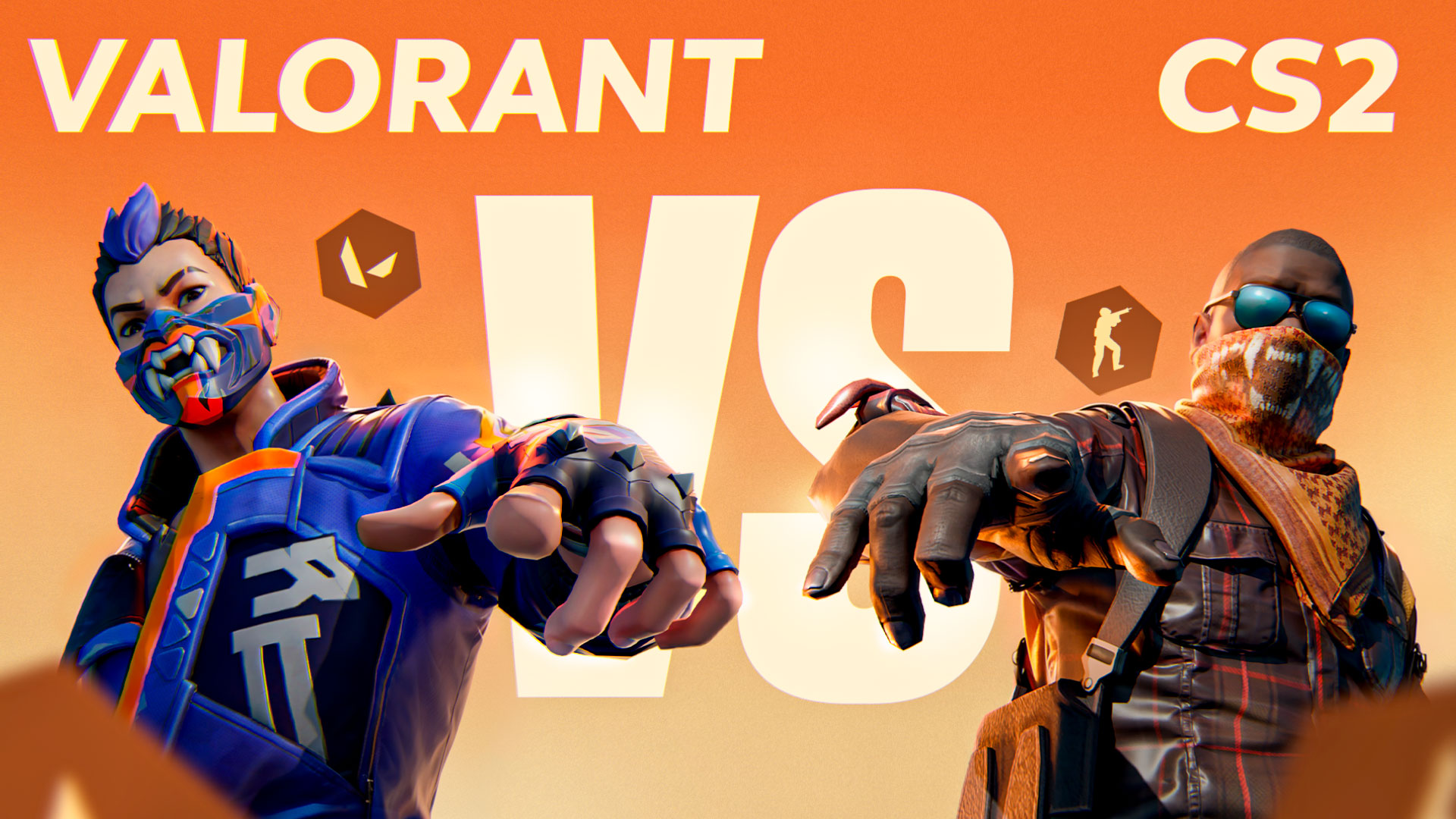
![How to Get Cases in CS2: Ultimate Guide [2024]](https://front.stage.jamson-sc.dev/community/wp-content/uploads/2024/08/Main-x-Name-32.jpg)

